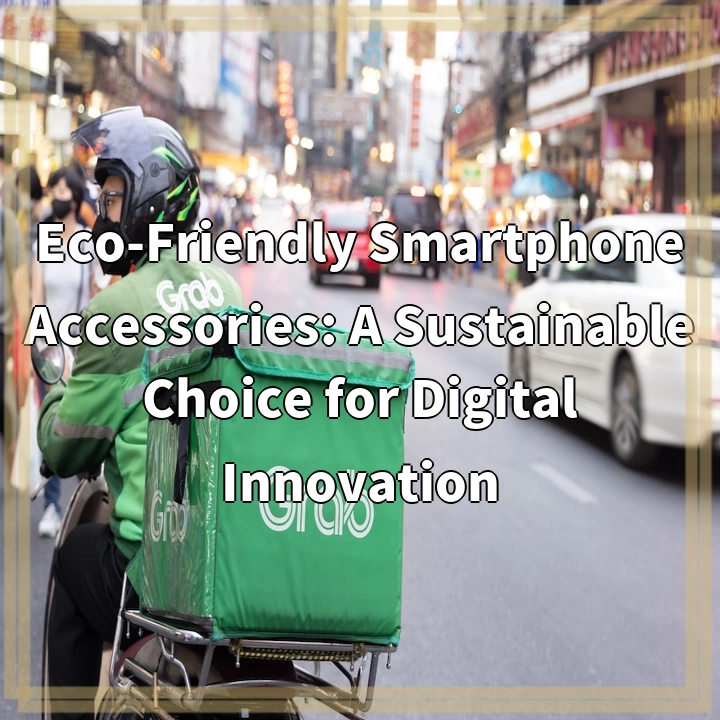
What it is:
Smartphone accessories are a vital part of our digital lives, enhancing the functionality and convenience of our devices. However, the production and disposal of these accessories can have significant environmental impacts. Eco-friendly smartphone accessories are sustainable alternatives that aim to mitigate these issues.
Eco-friendly smartphone accessories are designed with environmental considerations in mind. They are usually made from recycled materials, renewable resources, or non-toxic and biodegradable substances. These accessories are intended to reduce waste, conserve resources, and minimize the carbon footprint throughout their life cycle.
Real-World Problems:
The production of traditional smartphone accessories contributes to various environmental issues. First, the extraction of raw materials for manufacturing these accessories often leads to habitat destruction, deforestation, and contamination of surrounding ecosystems. Mining for precious metals, such as gold and coltan, used in electronic components, has been linked to environmental degradation and human rights abuses.
Second, the manufacturing process itself consumes significant amounts of energy and water, emitting greenhouse gases, pollutants, and contributing to climate change. The use of toxic chemicals in the production of accessories also poses risks to human health and the environment when not handled properly.
Furthermore, the disposal of electronic waste, including outdated or broken smartphone accessories, is a major concern. Traditional accessories often end up in landfills or incinerators, leading to the release of harmful substances into the environment. Improper e-waste disposal also results in valuable resources going to waste and contributes to the growing global electronic waste crisis.
Eco-friendly smartphone accessories offer solutions to these problems. By using recycled or renewable materials, the reliance on resource-intensive extraction can be reduced. Additionally, the use of biodegradable or non-toxic materials ensures that these accessories have a minimal impact at the end of their life cycle.

Solutions:
The rise of eco-friendly smartphone accessories provides several solutions to address the environmental issues associated with traditional accessories.
1. Use of Recycled and Renewable Materials:
Eco-friendly accessories are often made from recycled materials such as plastic bottles, electronic waste, or reclaimed wood. By utilizing these materials, the demand for virgin resources is reduced, leading to lower environmental impact.
2. Non-Toxic and Biodegradable Options:
Eco-friendly accessories prioritize the use of non-toxic and biodegradable materials. This ensures that these accessories do not release harmful substances into the environment during their use or disposal. Biodegradable materials also break down naturally, reducing waste accumulation.
3. Extended Product Lifespan:
Eco-friendly accessories are typically durable and designed for longevity. By creating high-quality products, the need for frequent replacements is reduced, minimizing waste generation and conserving resources.
4. Proper Disposal and Recycling:
Eco-friendly smartphone accessories encourage proper disposal and recycling at the end of their life cycle. Many manufacturers offer take-back programs or partner with e-waste recycling facilities to ensure responsible handling, reducing the amount of electronic waste that ends up in landfills.
5. Consumer Education:
Raising awareness among consumers about the environmental impact of smartphone accessories and the availability of eco-friendly alternatives is crucial. Educating users on the benefits and importance of choosing sustainable options can drive demand for eco-friendly accessories and inspire change in the industry.















